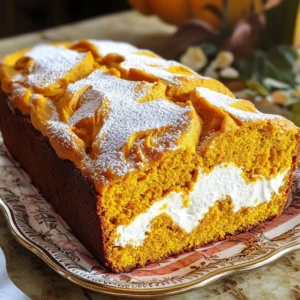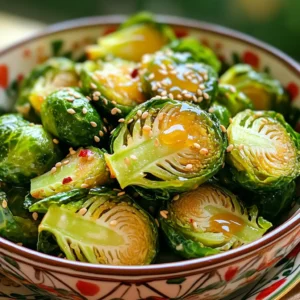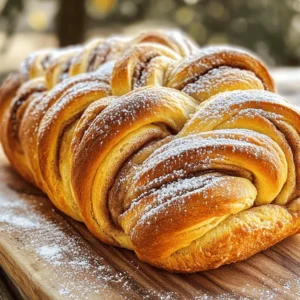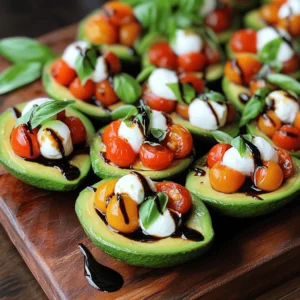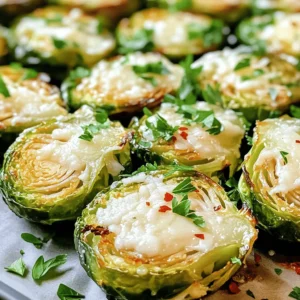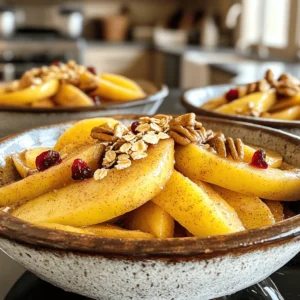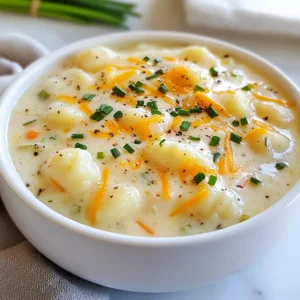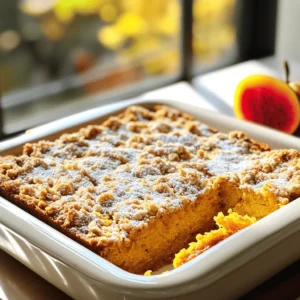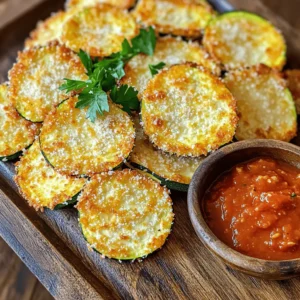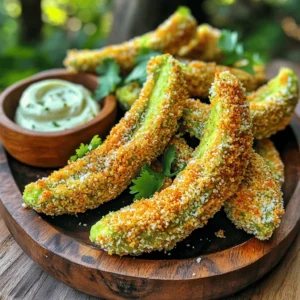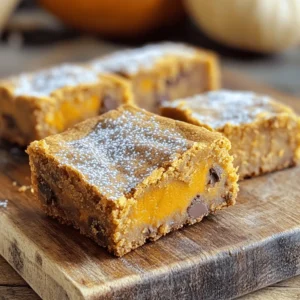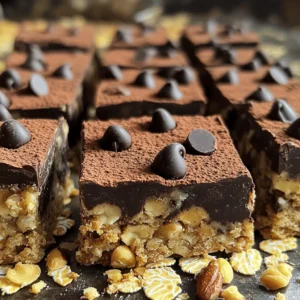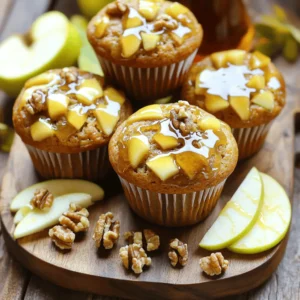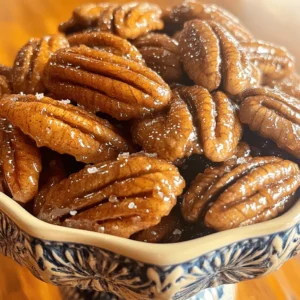- Air Fryer Crispy Lemon Pepper Wings Quick and Easy Recipe
- One-Pot Garlic Parmesan Orzo with Spinach Delight
- Pumpkin Pecan Granola Bars Tasty and Easy Recipe
- Bakery-Style Pumpkin Cream Cheese Loaf Irresistible Treat
- Minute Garlic Parmesan Pasta Skillet Quick and Tasty Meal
- Apple Cider Donut Trifle Cups Easy Seasonal Delight
- Air Fryer Honey Garlic Brussels Sprouts Crunchy Delight
- No-Bake Chocolate Almond Butter Cups Delightfully Simple
- No Bake Strawberry Cheesecake Jars Easy and Delicious
- Bakery Style Cinnamon Swirl Bread Easy and Delicious
- Savory Slow Cooker Chicken Dumplings Simple Delight
- Mango Salsa Fish Tacos Flavorful and Easy Recipe
- Caprese Stuffed Avocados Flavorful and Healthy Treat
- Air Fryer Everything Bagel Chicken Tenders Delight
- Irresistible Air Fryer Honey Garlic Wings Recipe
- Apple Crumb Muffins Delightful Taste and Texture
- Slow Cooker Tomato Basil Soup Flavorful and Easy Recipe
- Pumpkin Spice Donut Holes Tasty Fall Treat Recipe
- Minute Garlic Shrimp Fried Rice Quick and Tasty Meal
- Chocolate Greek Yogurt Protein Bark Irresistible Treat
- Caramel Pecan Turtle Brownies Irresistible Dessert Delight
- Slow Cooker Honey Garlic Chicken Simple and Tasty Dish
- Thai Peanut Chicken Bowls Flavorful and Easy Recipe
- Minute Sweet & Sour Chicken Quick and Tasty Meal
- Air Fryer Garlic Parmesan Brussels Sprouts Delight
- Cinnamon Apples with Oats Comforting Slow Cooker Treat
- Cheddar Gnocchi Soup Creamy and Comforting Delight
- Pumpkin Coffee Crumb Cake Delightful Fall Treat
- Air Fryer Parmesan Zucchini Chips Crispy and Easy Recipe
- Pumpkin Cinnamon Rolls With Cream Cheese Delight
- BBQ Jackfruit Sliders Flavorful and Easy Recipe
- Garlic Herb Mashed Potatoes Savory and Creamy Delight
- Air Fryer Garlic Parmesan Chicken Wings Delightful Meal
- Air Fryer Parmesan Avocado Fries Crispy and Tasty
- Brown Butter Pumpkin Spice Blondies Soft Autumn Treat
- Garlic Butter Lemon Tilapia Sheet Pan Delight
- Peanut Butter Chocolate Oat Bars Simple and Tasty Snack
- Cheesy Taco Pasta Skillet Quick and Flavorful Meal
- Maple Glazed Apple Muffins Fresh and Flavorful Treat
- Slow Cooker Candied Pecans Tasty Snack Recipe
- Air Fryer Honey Sriracha Chicken Bites Juicy and Flavorful
- Honey Garlic Salmon Skillet Easy and Flavorful Dish




